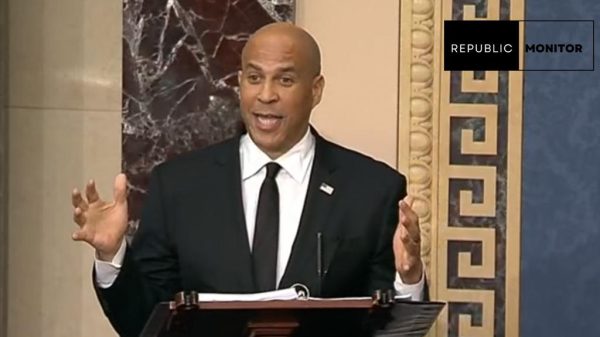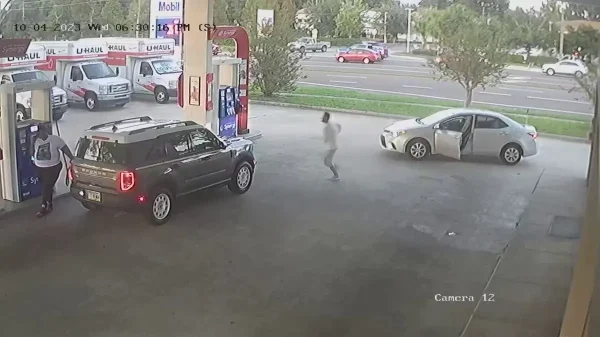Iowa, a state known for its rich Native American heritage and beautiful landscapes, also has pockets of high risk. While Iowa’s overall crime rate is lower than the national average, certain cities face alarming levels of criminal activity. Unravelling the factors that contribute to these concerning trends is critical for creating safer communities throughout the state.

1. Ottumwa
Ottumwa tops the list of Iowa’s most dangerous cities. Ottumwa’s violent crime rate is 124% higher than the national average, despite a population of around 25,529 people. The city has a disproportionately high rate of homicide, robbery, and assault. Drug trafficking is a major issue in the area, accounting for much of the local property crime.
2. Davenport
Davenport, a city of over 100,000 people, has high levels of violent and property crime. The city’s violent crime rate is 86% higher than the national average, while its property crime rate is 59% higher. The city’s crime statistics are influenced by drug-related crimes and gang activity.
3. Des Moines
Des Moines, Iowa’s capital and largest city, also has significant crime rates. The city’s violent crime rate is 64% higher than the national average, while its property crime rate is 48% higher. Poverty, unemployment, and substance abuse are all factors contributing to Des Moines’ crime problems.
4. Council Bluffs
Council Bluffs, a city of over 62,000 people, has alarming levels of violent and property crime. The city’s violent crime rate is 79% higher than the national average, while its property crime rate is 54% higher. Gang activity and drug-related crimes are significant factors in the crime statistics of Council Bluffs.
5. Burlington
Burlington, a city of over 26,000 people, has high rates of property crime. Property crime in the city is 58% higher than the national average. Among the most common property crimes in Burlington are larceny, burglary, and motor vehicle theft. Poverty and substance abuse are factors in the city’s crime problems.
6. Keokuk
Keokuk, a city of about 10,000 people, has alarming levels of violent and property crime. The city’s violent crime rate is 66% higher than the national average, while its property crime rate is 53% higher. Keokuk’s crime statistics show that drug-related crimes and gang activity are significant factors.
7. Sioux City
Sioux City, Iowa’s third-largest city, has high rates of property crime. Property crime in the city is 53% higher than the national average. Burglary, auto theft, and shoplifting are the most common property crimes in Sioux City. Poverty and substance abuse are factors in the city’s crime problems.
8. Fort Madison
Fort Madison, a city of about 11,000 people, has alarming levels of violent and property crime. The city’s violent crime rate is 62% higher than the national average, while its property crime rate is 52% higher. In Fort Madison’s crime statistics, drug-related crimes and gang activity play a significant role.
9. Waterloo
Waterloo, a city of more than 68,000 people, is suffering from an increase in violent crime.The city’s violent crime rate is 95% higher than the national average.Aggravated assault is the most common violent crime in Waterloo.Poverty, unemployment, and drug abuse contribute to the city’s crime problem.
10. Fort Dodge
Fort Dodge, a city of about 24,000 people, faces alarming levels of violent and property crime.
The city’s violent crime rate is 72% higher than the national average, and its property crime rate is 51% higher than the national average.
Drug crimes and gang activity are major factors in Fort Dodge’s crime statistics.















